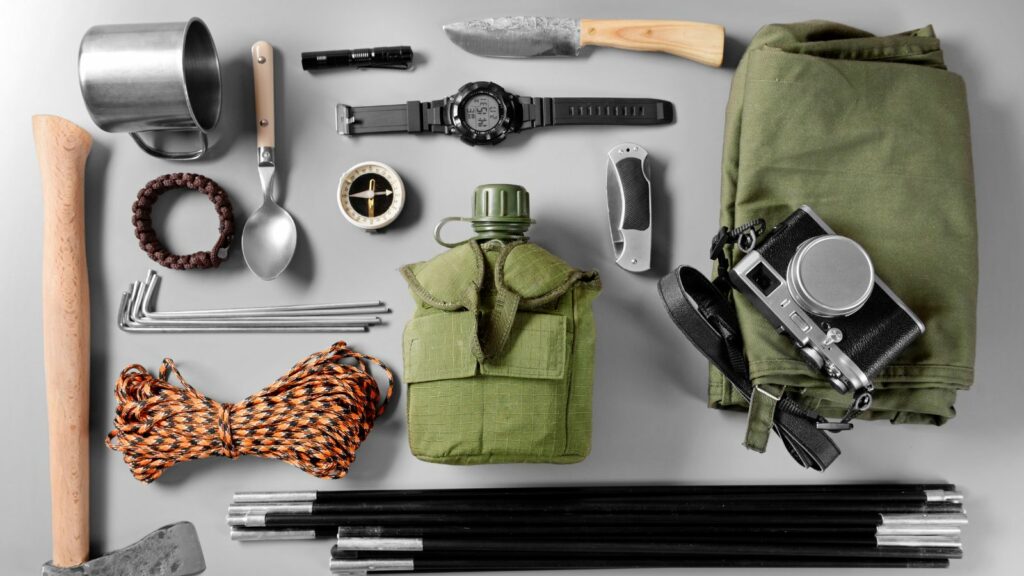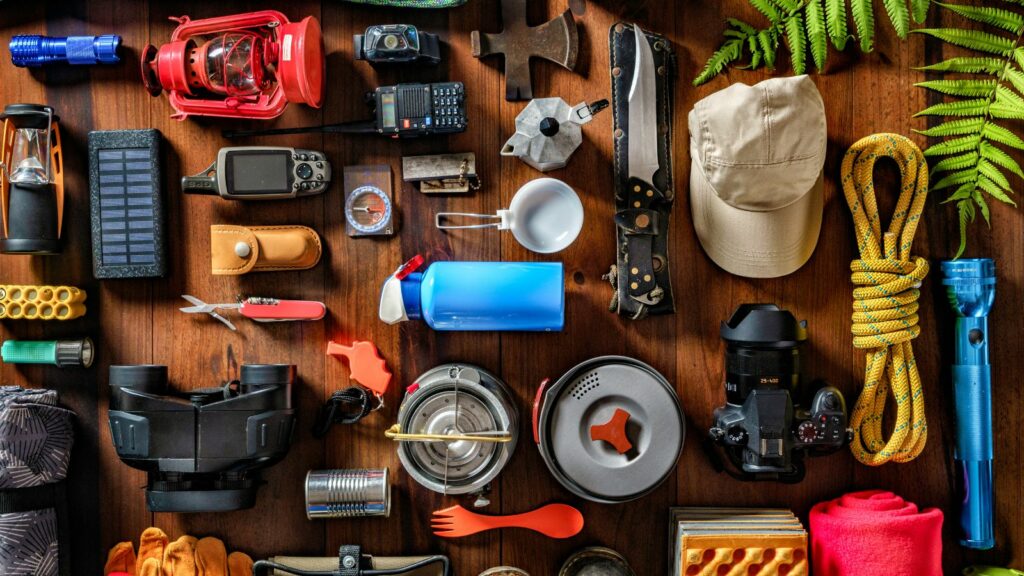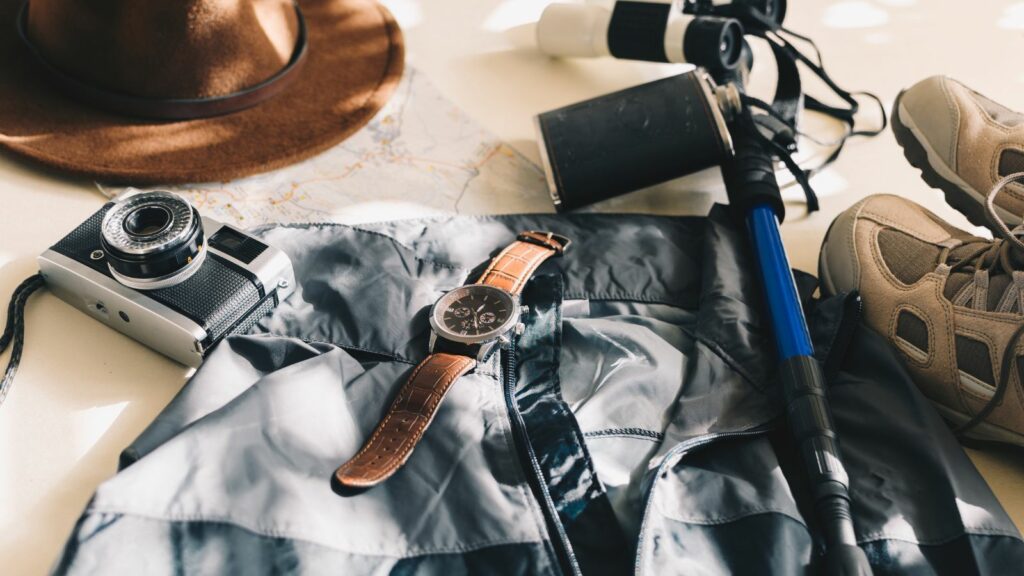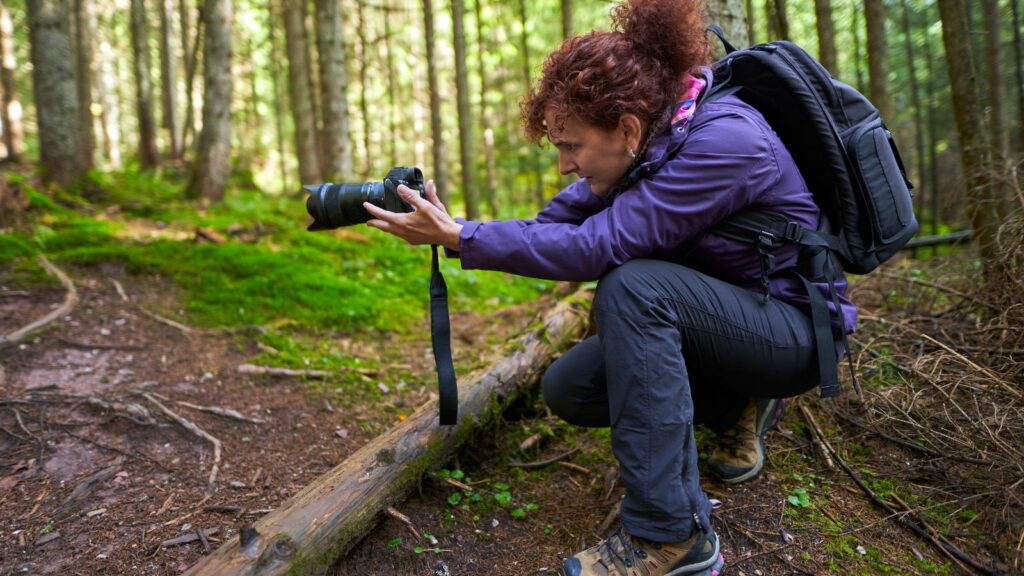Venturing into the great outdoors with a camera can transform a simple hike into an exhilarating quest for the perfect shot. It’s a blend of two passions – the love for nature’s raw beauty and the art of capturing it. But how does one navigate the challenges of hauling camera gear through rugged terrains?
Hiking with Camera Gear
In the exploration of nature’s expanse, the significance of camera gear enriches the hiking experience. It’s this gear that captures and preserves them moments that make each trek unique and gratifying.

A hiker’s camera stands as an extension of their eye, choosing the right one distinguishes each moment captured. Various factors come into play in this choice: weight, ruggedness, and image quality. For instance, mirrorless cameras, with their compact design and excellent image quality, often become the preferred choice of hiking photographers. But, durable action cameras, such as the GoPro series, hold merit if capturing video during the hiking adventure is a high priority. Additionally, image to video tools can transform still shots into dynamic visual stories, allowing hikers to compile their favourite images into engaging video memories of their journey.
Enhancing the functionality of the camera during a hike, essential accessories serve both security and utility purposes. A robust camera bag, adaptable amidst hiking conditions, guards the camera against unexpected impact or weather changes. Additional essentials could include: a portable tripod, for those perfect scenic frame captures, extra batteries, ensuring the camera’s longevity during a hike and polarizing filters, to enhance the vibrancy of landscape photos. Always, the choice lies in the aerial alignment of utility, weight, and preferences of the individual hiker.
Caring for Your Camera Gear While Hiking
Preserving the condition, functionality, and lifespan of hiking with camera gear is critical. It demands careful attention, not just in the selection and packing of equipment, but also in its maintenance and protection during the hike.
Protecting Camera from Weather Conditions

Outdoor activities such as hiking with camera gear expose diverse weather conditions. Rain, dust, and humidity potentially pose threats to the optimum performance and longevity of the equipment. Employing the use of weather-sealed bags is a must. They are specifically constructed to offer high resistance to water and dust intrusion. Moreover, using silica gel packets inside the bag ensures absorption of any incidental moisture, thereby eliminating the risk of internal condensation.
Physical protection of the camera also bears importance. Using a protective camera rain cover or poncho provides a dependable shield against sudden downpours or snowfall. Rain covers, typically made out of waterproof materials like nylon or polyethylene, safeguard the device from direct water contact. Meanwhile, ponchos offer a broader cover encapsulating both the camera and photographer.
Cleaning and Maintenance during the Hike
Keeping the camera gear clean is a crucial part of the care process, especially during a hike. Dirt ingress, fingerprints, and smudges can detour the equipment performance. Carrying a compact cleaning kit is advisable. The kit, usually comprised of a microfiber lens cleaning cloth, a manual air blower, and a set of lens cleaning pen or wipes, ensures quick and effective cleaning.

Using the air blower to dislodge larger particles of dust or grit from the lens and body prevents scratching while removing finer particles. The cloth and cleaning pen or wipes perform precision cleaning, eliminating streaks, smudges and fingerprints.
Avoid changing the lens in windy or dusty conditions. If unavoidable, do it quickly and preferably inside a protective bag, minimizing the sensor’s exposure to potentially harmful elements. Regular camera inspection throughout the hike further helps detect early signs of dirt ingress or potential damage, permitting immediate action.
Balancing the duty of a photographer with the thrill of a hiker demands comprehensive camera care. This, when done right, reassures capturing priceless moments in nature, unhindered by gear conditions or unplanned mishaps.
Balancing Roles
So there you have it. Hiking with camera gear doesn’t have to be a daunting task. With the right equipment and careful planning, you can turn your hiking trips into incredible photo journeys. Remember, it’s all about balancing your roles as a hiker and a photographer. Choose a camera that’s lightweight yet sturdy, and don’t forget those essential accessories that enhance functionality and protect your gear.



